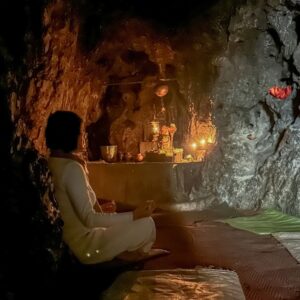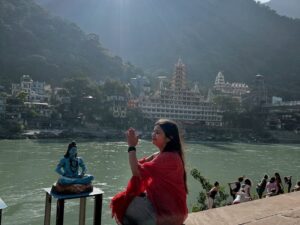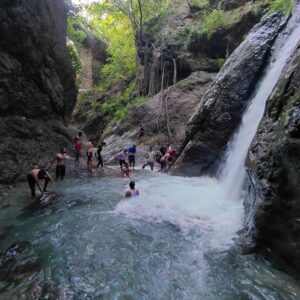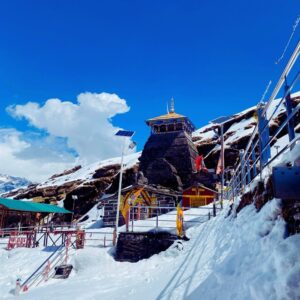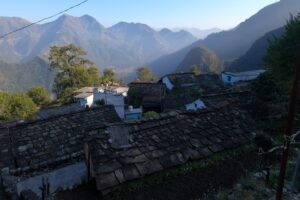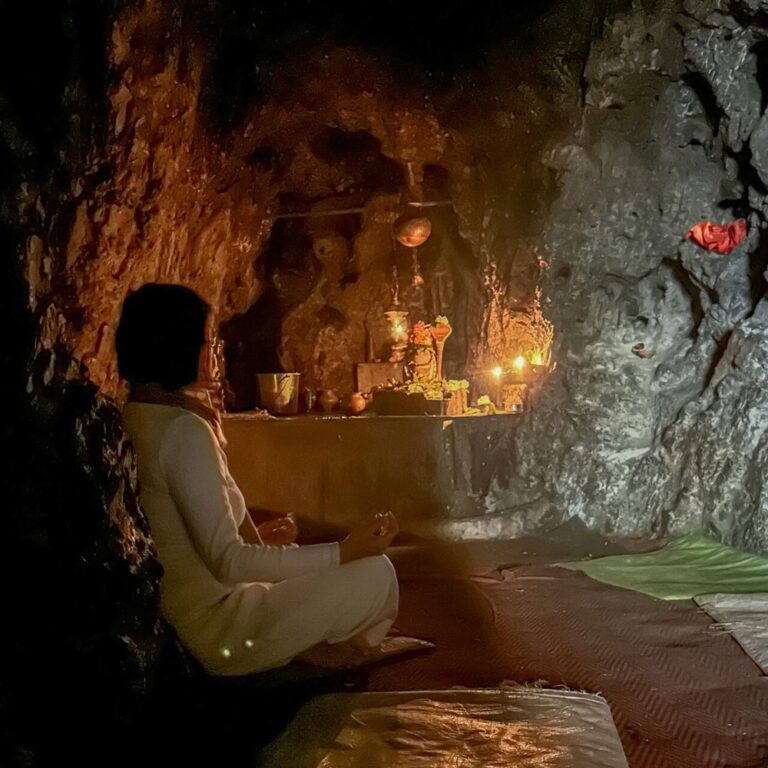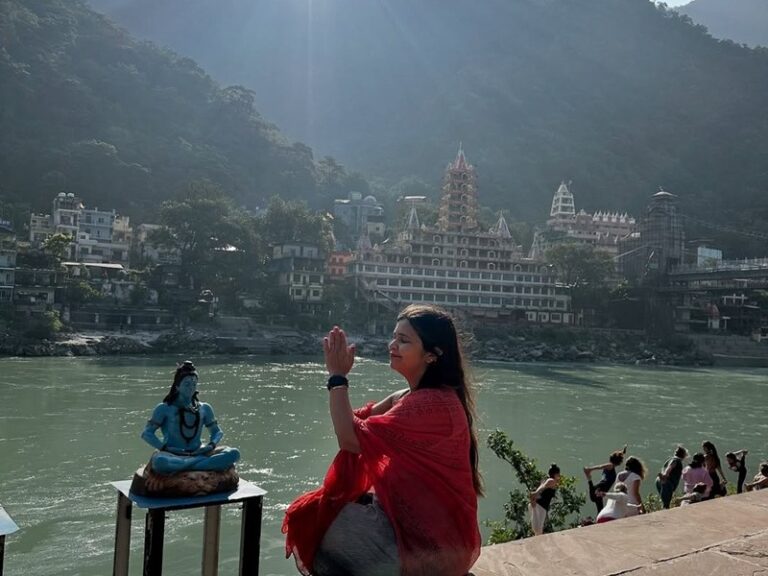Discover Festival Jagar Uttarakhand: A Vibrant Tradition and Culture
In the rugged landscapes of Uttarakhand, the ritual known as Jagar stands out as a profound expression of local spirituality and cultural heritage. Spanning the Garhwal and Kumaon regions, Jagar ceremonies are colorful, nocturnal events that serve as a bridge between the human and divine realms. This age-old tradition is more than just a ritual; it is a heartfelt appeal to local deities and gods for blessings, remedies, and protection.
Overview: Jagar Uttarakhand
The term “Jagar” translates to “wakefulness,” reflecting the core purpose of these ceremonies: to awaken the gods from their slumber. This awakening is not merely symbolic but is believed to invoke divine presence and blessings in the lives of the devotees. The practice is a testament to the reverence with which the people of Uttarakhand view their deities, showcasing a blend of devotion, tradition, and community spirit.
Jagar Uttarakhand is a cherished aspect of the region’s cultural heritage, celebrated with vibrant performances and communal gatherings. This living tradition continues to shape and define the spiritual landscape of this Himalayan state, making it a unique and integral part of Uttarakhand’s cultural tapestry.
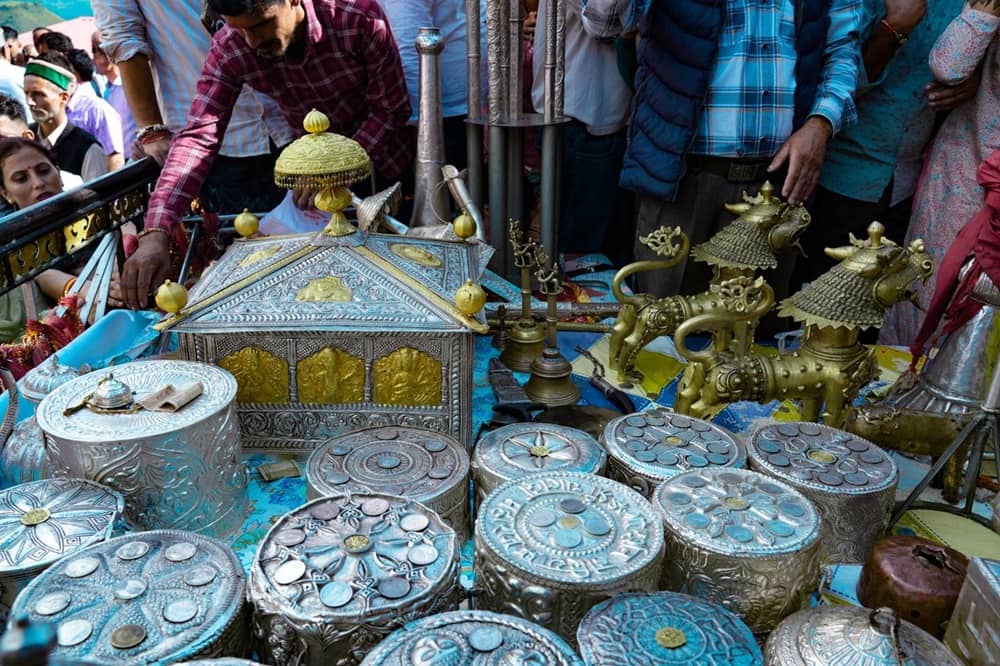
The Ritual: Jagar Uttarakhand
Jagars are traditionally held during specific times of the year, often aligned with important local festivals, seasonal changes, or significant astrological events. These vibrant ceremonies usually take place at night and extend well into the early morning hours.
The ritual is characterized by its immersive nature, with activities meticulously designed to invite the divine presence and ensure the fulfillment of requests made by the devotees. The ceremonies are a blend of spiritual devotion and community celebration, reflecting the deep cultural and religious significance of Jagar in the region.
Preparation and Setting: Jagar Uttarakhand
The preparation for a Jagar involves active participation from several community members, creating a sense of collective involvement and reverence. The ritual is conducted in a designated sacred space, which is often an open area or a temple courtyard. To set an auspicious atmosphere, traditional decorations are meticulously arranged, including colorful rangolis and floral arrangements.
A central altar or platform is prepared to hold the sacred objects and offerings for the deity. The ceremony begins with the invocation of deities, led by the priest or main ritualist known as the “Jagarwal.” This involves a series of rites designed to call upon the gods and local deities.
The ritual typically includes chanting sacred mantras, ringing bells, and offering incense. Traditional musical instruments, such as the “damru” (small drum) and “naal” (long drum), contribute a rhythmic backdrop to the proceedings, enhancing the ceremonial atmosphere and deepening the spiritual experience.
The Performance: Jagar Uttarakhand
One of the most captivating aspects of a Jagar is the performance of traditional folk songs and dances. These performances are not merely artistic expressions; they are believed to be a means of invoking divine energy and inviting the presence of the gods.
Performers, often dressed in vibrant traditional attire, engage in vigorous dance forms accompanied by devotional songs. These songs typically recount mythological tales or offer praise to the deities. The energy and enthusiasm of the performance are truly infectious, fostering a palpable sense of connection between the divine and the earthly realms. This dynamic interaction creates a deeply immersive and spiritually uplifting experience for all involved.
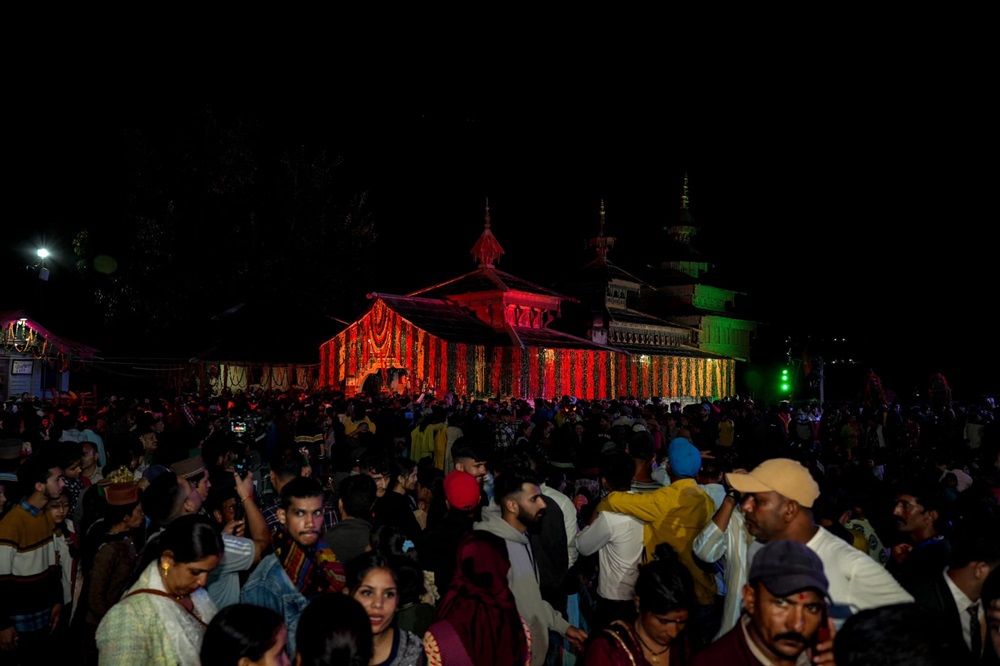
As the Night Progresses: Jagar Uttarakhand
As the night progresses during a Jagar, the focus shifts to the core purpose of the ritual—offering prayers and requests. Devotees gather around the altar to personally appeal to the deities, seeking blessings, remedies for ailments, or solutions to pressing problems. The Jagarwal, acting as an intermediary, conveys these requests to the gods through ritualistic chants and offerings. This moment is deeply personal and emotionally charged, representing the community’s collective faith and hope.
Culmination and Feast: Jagar Uttarakhand
The Jagar typically concludes with a communal feast known as “Prasad.” This shared meal symbolizes the divine blessings bestowed upon the participants and fosters a sense of unity and gratitude. Traditional delicacies such as rot (sweet bread) and arse (sweet rice fritters) are served to everyone present, making the conclusion of the ritual a communal celebration of divine favor.
Regional Variations: Jagar Uttarakhand
While the core elements of Jagars remain consistent, regional variations reflect the diverse culture of Uttarakhand. In Garhwal, Jagars may be associated with specific local deities or village gods, and the ceremonies might feature distinct folk traditions and musical styles. In Kumaon, the rituals could incorporate local myths and legends, with performances including unique dance forms and songs particular to the region.
These regional variations enrich the Jagar tradition, highlighting how local customs and beliefs have shaped and enhanced the ritual over time. Despite these differences, the underlying purpose of the Jagar remains the same: to connect with the divine, seek blessings, and strengthen community bonds.
Contemporary Relevance: Jagar Uttarakhand
In contemporary times, Jagars continue to play a vital role in Uttarakhand’s cultural and spiritual landscape. Despite the influence of modernisation and changing lifestyles, the tradition has endured, adapting to new contexts while preserving its essence. For many in Uttarakhand, participating in a Jagar is more than just attending a ritual; it is an expression of faith, a way to connect with their heritage, and a means of seeking guidance and support from the divine.
Where to Attend: Jagar Uttarakhand
Garhwal: Jagar Uttarakhand
- Chamba: Renowned for its Jagars, particularly during the Chaitra and Sharad Navratri festivals. The village comes alive with vibrant ceremonies and traditional performances.
Kumaon: Jagar Uttarakhand
- Nainital: A prominent location for Jagars, especially during the Basant Panchami festival. Local temples and open spaces become the heart of traditional rituals and performances.
- Almora and Bageshwar: Also known for their Jagars, these towns offer a rich cultural experience with local deities and traditional festivities.
For a more authentic experience, Jagar Uttarakhand, consider attending a Jagar in smaller villages such as Ghursal, Kausani, or Mukteshwar. In these settings, the rituals often occur in a more intimate and personal atmosphere, providing a deeper connection to the local traditions and community spirit.


